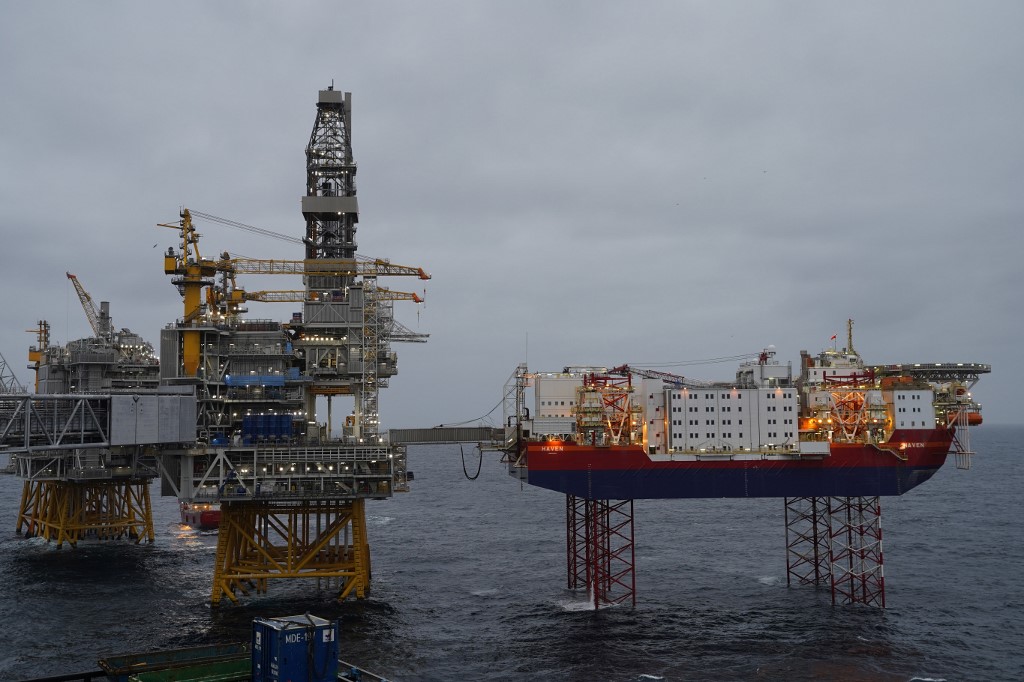
OSLO, Norway (AFP) — Norway gave approval Tuesday to a giant project to capture and store CO2 below the North Sea, a technology that could help efforts to reduce carbon emissions.
The Northern Lights project aims to inject CO2 captured from Norwegian industrial firms into geological formations 2,600 metres (8,530 feet) below the seabed where it should be trapped permanently.
Initially the project aims to capture and store 1.5 million tonnes of CO2 per year from 2024, but could be expanded to handle as much as 5 million tonnes per year.
The day after Norwegian lawmakers gave their go-ahead, the government agreed on Tuesday to finance 80 percent of the 650-million-euro ($790 million) cost of the first stage of the project.
“Carbon capture and storage is important to achieve the goals of the Paris Agreement” that aims to limit the rise in global temperatures by reducing carbon emissions, said Norway’s Petroleum and Energy Minister Tina Bru.
Prohibitive costs have held back carbon capture and storage (CCS) as a technology so far although there have been a number of projects announced in recent years.
But while it may help decarbonise heavy industries, many environmentalists see it as a false solution as it would justify maintaining dirty production.

Norwegian oil and gas firm Equinor, France’s Total and Anglo-Dutch Shell are partners in the project.
The project will initially take liquefied CO2 from a cement plant and transport it by ship to the injection site.
An Oslo incinerator could also supply CO2 in the future.
© Agence France-Presse







